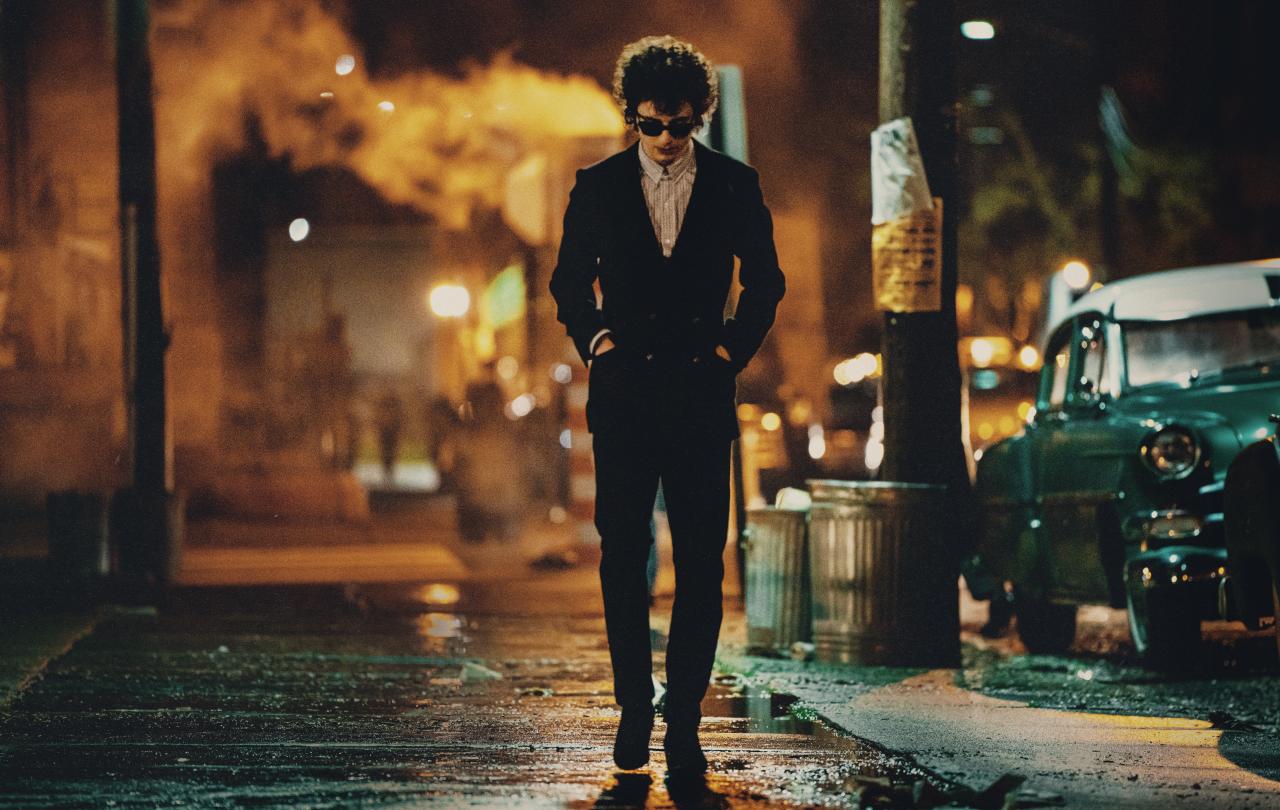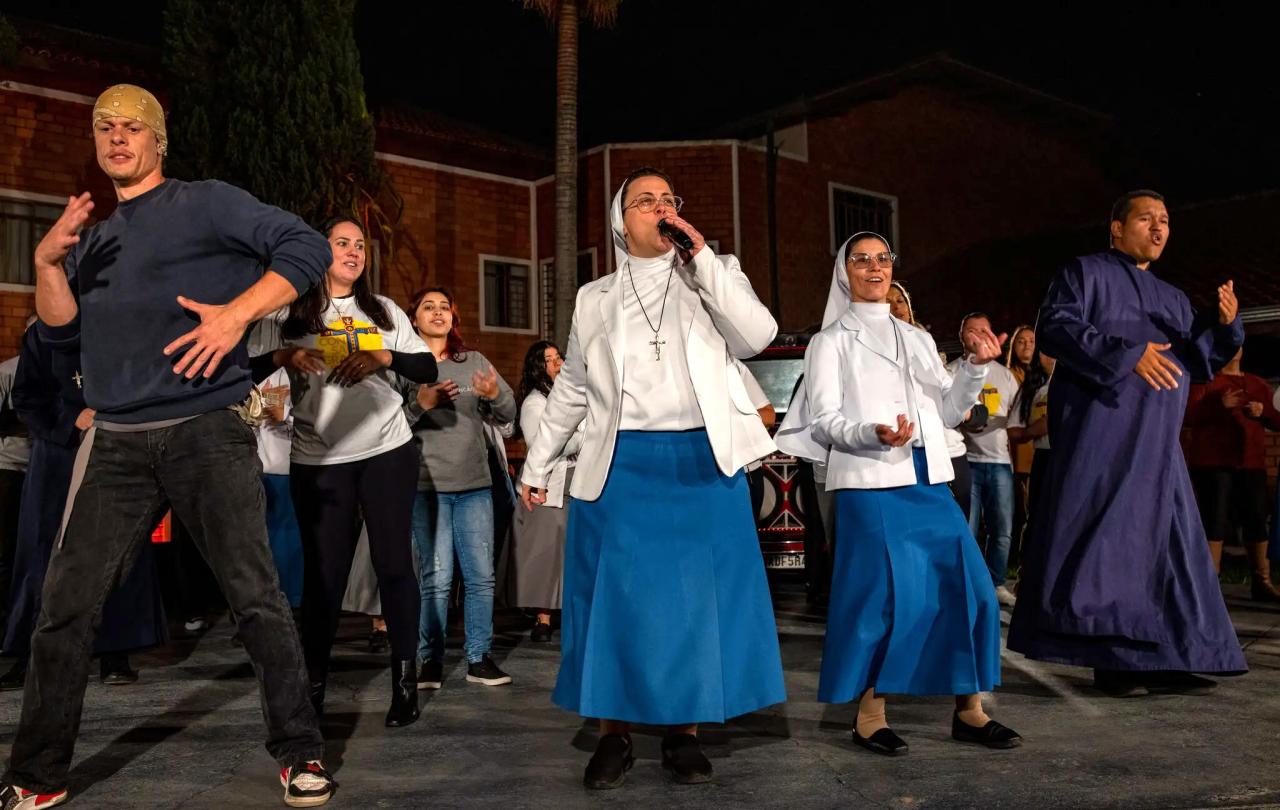
Crafting a biopic about Bob Dylan is no easy task. Known for his reclusive nature, Dylan has long avoided public introspection, rarely granting interviews and keeping a tight grip on his privacy. Enter A Complete Unknown, a film whose title is cleverly lifted from the iconic lyric from Dylan’s legendary song, 'Like a Rolling Stone'. For many, Dylan remains a complete unknown beyond his music. This film takes on the daunting challenge of unravelling, or at least presenting, Dylan’s story for a new generation.
For Generation Z, Dylan’s genius is perhaps a distant echo, so casting Timothée Chalamet—a Gen Z cultural icon—as the main role is a masterstroke. Known for his standout roles in Dune and Wonka, Chalamet commands the attention of younger audiences, making Dylan’s story accessible and intriguing to a demographic otherwise unfamiliar with the folk legend.
Chalamet’s dedication to the role is impressive. During the extended production, delayed by COVID, he taught himself to play the guitar, harmonica, and sing live. His performance is more than an imitation - it’s a striking incarnation of Dylan’s enigmatic persona. Through Chalamet, the audience is transported to a pivotal chapter of Dylan’s life, a time that would see a seismic shift in music history.
From folk icon to electric rebel
This transformative moment in Dylan’s career is drawn from the book Bob Dylan Goes Electric. Much like Titanic or Finding Nemo where the climax is inevitable from the outset, the audience is well aware of what is coming: Dylan’s controversial decision to “go electric.”
We begin by meeting Dylan as a young folk singer, heavily influenced by legends like Woody Guthrie and Pete Seeger. Arriving in New York as an ambitious teenager, he’s welcomed and mentored by the folk music community. These relationships form the foundation of his early career, but they also set the stage for heartbreak.
The climax unfolds at the Newport Folk Festival, where Dylan debuts an electric set, shattering the expectations of his folk audience. Fans and mentors alike react with outrage—booing, throwing objects, and accusing Dylan of betraying the authenticity of true folk music. By the film’s end, Dylan, despite his eventual electrifying musical success, is no more popular – he has burned nearly every bridge, leaving a trail of fractured relationships.
True to its title, A Complete Unknown offers no answers. Dylan’s motives remain elusive, and the audience is left with more questions than insights. It’s a daring narrative choice—presenting a guarded character who remains enigmatic to the end. There’s no traditional character arc, no emotional revelation, no intimate a-ha moment. The film respects Dylan’s mystique but denies the audience the catharsis they might expect from a biopic.
Other biopic producers seem to be following suit. In efforts not to be formulaic they are choosing a more lackadaisical approach to audience expectations. In the upcoming Better Man which retells Robbie William’s life story, the singer is presented as a CGI ape. Pharell Williams’ life story is being retold through LEGO. If James Mangold, the director, who also co-wrote the screenplay with Jay Cocks was deliberately trying to subvert the genre, it seems he may have succeeded.
From musical genius to mass appeal
Despite its underwhelming emotional denouement, the film does leave viewers marveling at Dylan’s genius. By the age of 24, he had already written and performed some of the most iconic songs of the twentieth century including 'Blowin’ in the Wind' (1962), 'The Times They Are A-Changin’ (1964) and 'A Hard Rain’s A-Gonna Fall' (1962). Chalamet’s performance breathes life into Dylan’s music, and it’s nearly impossible to leave the theatre without humming a familiar tune.
Around that time Dylan was also involved in the civil rights movement. He played at the historic March on Washington for Jobs and Freedom on August 28th 1963, where Martin Luther King Jr. delivered his iconic “I Have a Dream” speech. He performed at the huge rally on the National Mall between the Washington Monument and the Lincoln Memorial and his presence there alongside other prominent figures helped inspire more musicians and artists to join the struggle for racial equality. But this vital contribution is given only a few seconds of screen time and Dylan shows no other interest in justice or equality in the film. He only interacts minimally with black characters – once to mock a black girlfriend and the other to humiliate a black musician. No explanation is given.
Dylan’s work undeniably speaks to the human experience, particularly through its reflections on social change, struggle, and hope, yet his actions and interactions seem to conflict with that message. The film therefore creates a dissonance that’s difficult to reconcile. It raises the question of whether we can, or should, separate the artist from the art—or if, in doing so, we undermine the very message they champion through their work.
From faith to legacy
The biopic story predates two significant conversions—Dylan’s eventual embrace of Christianity and Johnny Cash’s spiritual awakening. Both men would go on to explore faith in profound ways that would intertwine with one another, influencing both their lives and their music. Dylan’s conversion was famously sparked by an audience member throwing a crucifix onto the stage—a moment not yet reached in this film’s timeline. Johnny Cash’s role in Dylan’s life is mentioned but not unpacked. These threads add an intriguing layer of foreshadowing, leaving room for reflection on how faith would later influence their lives. A fascinating follow up would be to explore this relationship – for now the film only hints that perhaps the loneliness and longing for fulfilment behind the success would spark not only their friendship but also a transformative faith.
Leaving the cinema, I found myself caught between admiration and frustration. Dylan’s genius is undeniable—his songs remain timeless, his influence immeasurable. Yet, his emotional distance and self-absorption left me unsettled. Perhaps that’s the point. Genius, as we often discover, does not always equate to warmth or relatability. Dylan’s musical brilliance is his gift, but his guarded nature remains his curse. His songs preach peace, but he was a man in conflict with himself and with others. In the end, Dylan is presented as a complete unknown, a man who defies understanding, a riddle that continues to captivate and confound, an enigma in need of some salvation.
Join with us - Behind the Seen
Seen & Unseen is free for everyone and is made possible through the generosity of our amazing community of supporters.
If you’re enjoying Seen & Unseen, would you consider making a gift towards our work?
Alongside other benefits (book discounts etc.), you’ll receive an extra fortnightly email from me sharing what I’m reading and my reflections on the ideas that are shaping our times.
Graham Tomlin
Editor-in-Chief





